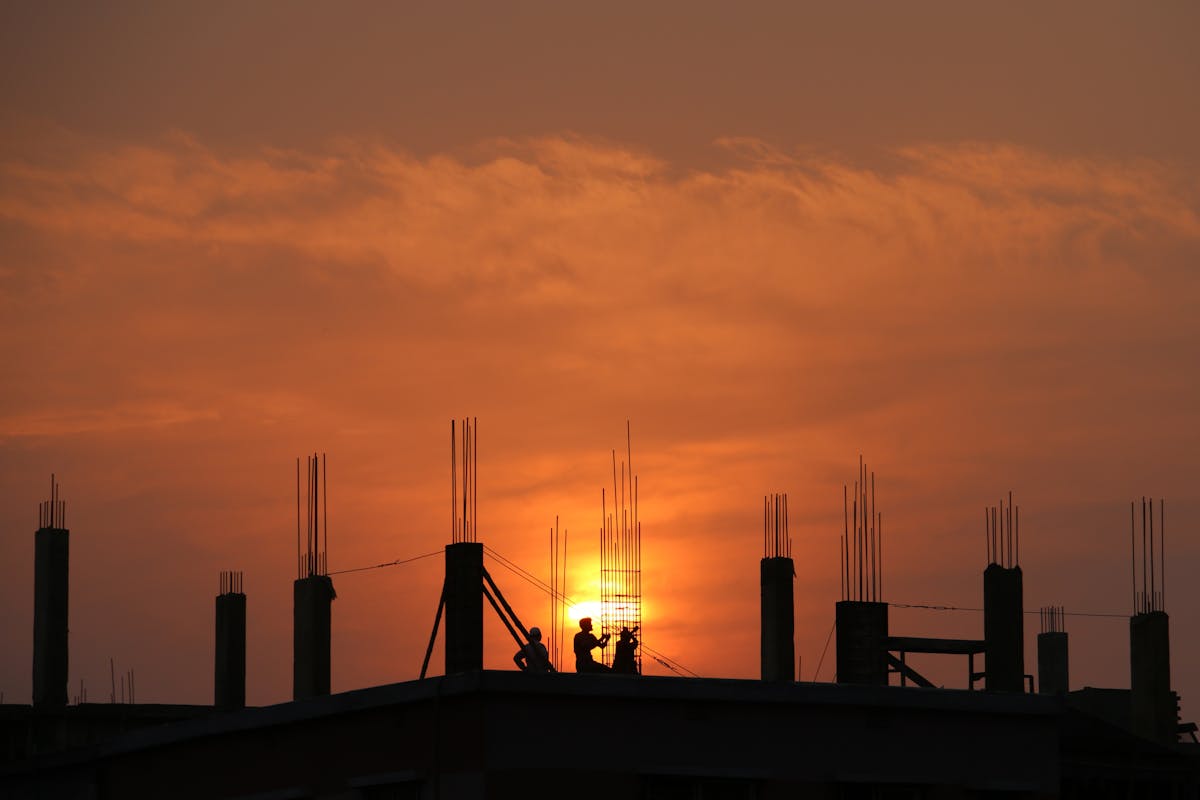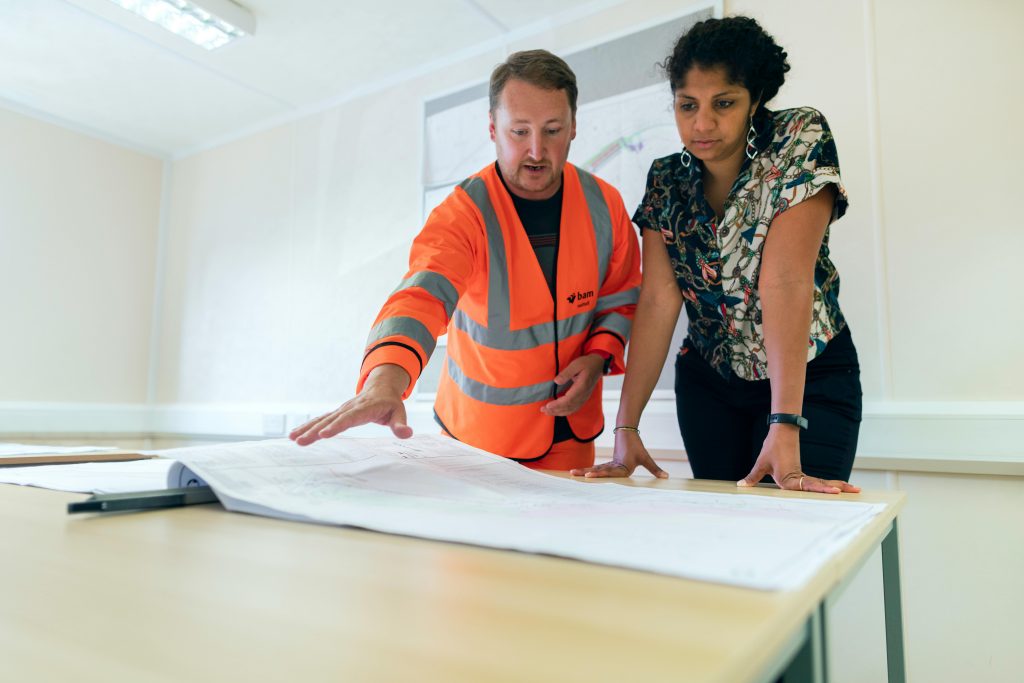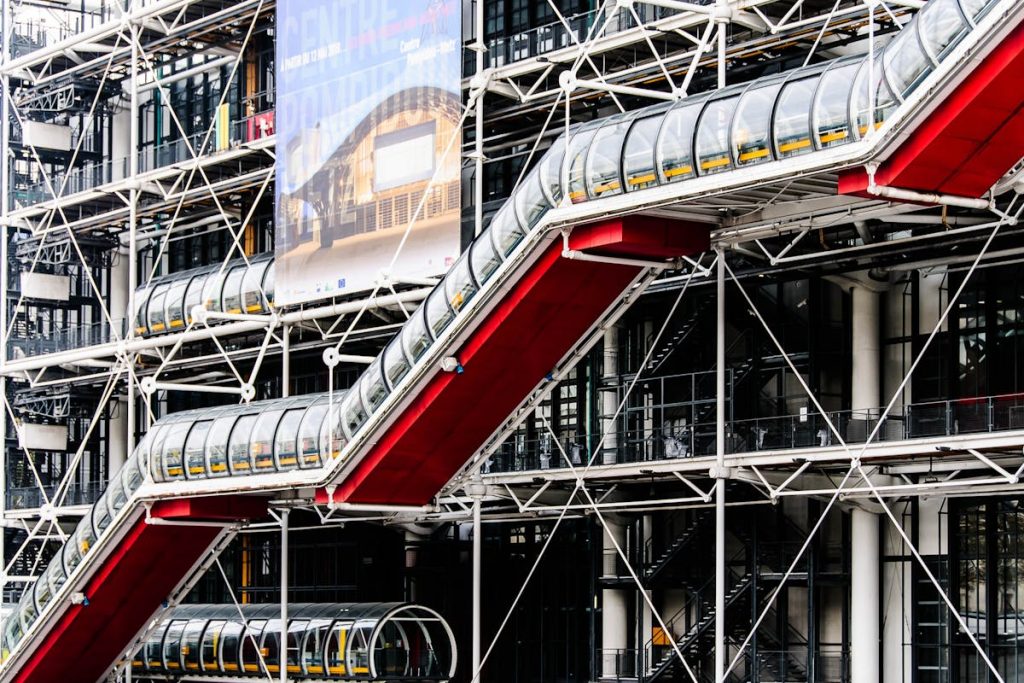
Boosting Safety and Security in Vertical Construction – Tips for Firms

- Comprehensive training programs for workers, including tower crane certification, reduce accidents by enhancing skill and knowledge.
- Regular equipment, tool, and structure inspections, along with maintenance, prevent potential hazards from escalating into serious incidents.
- Implementing and enforcing clear safety protocols creates a culture of safety, protecting all involved in the project.
- Utilizing technology, such as wearable devices, drones, VR, and BIM, supplements traditional safety measures and improves risk management.
Safety and security are paramount in the construction industry, especially when it comes to vertical construction projects. With the ever-evolving challenges and risks that come with building tall structures, firms must prioritize safety measures to protect their workers and assets. This blog will discuss essential tips for boosting safety and security in vertical construction projects.
Comprehensive Training Programs
One of the most effective ways to enhance safety in vertical construction is through comprehensive training programs for all workers on the project site. These programs should cover topics such as hazard recognition, fall prevention, and emergency procedures. Equipment operations are also a crucial element to include in training, as improper use or lack of knowledge can lead to accidents.
This can be especially important for the operation of heavy equipment such as tower cranes, as any mistakes can have catastrophic consequences. Tower crane certification training should be mandatory for all workers involved in erecting, operating, and dismantling these machines. This type of training course ensures that workers are knowledgeable, skilled, and competent in their roles, thus minimizing the risk of accidents.
Regular Inspections and Maintenance
Another crucial aspect of boosting safety in vertical construction is conducting regular inspections and maintenance of equipment, tools, and structures. This includes checking scaffolding for stability, inspecting cranes for proper functioning, and ensuring that all safety harnesses and protective gear are in good condition. By staying proactive with inspections and maintenance, firms can prevent potential hazards before they escalate into serious incidents.

Implementing Safety Protocols
Establishing clear safety protocols and procedures is essential for maintaining a safe work environment on a vertical construction site. Firms should develop a comprehensive safety plan that outlines guidelines for everything from personal protective equipment to emergency response protocols. By enforcing these protocols consistently across all levels of the organization, firms can create a culture of safety that prioritizes the well-being of everyone involved in the project.
Utilizing Technology
In today’s digital age, technology plays a significant role in enhancing safety and security on construction sites. By incorporating technology into their safety practices, firms can improve communication, efficiency, and overall risk management throughout the project lifecycle. Here are four types of technology that can benefit vertical construction safety:
Wearable Devices
These include smart helmets, safety vests, and other personal protective equipment that come equipped with sensors to monitor workers’ vital signs and detect potential hazards.
Drones
These unmanned aerial vehicles can be used to conduct site inspections, survey the project area, and monitor worker activity from above. This enables firms to identify potential safety hazards and take preventative measures before accidents occur.
Virtual Reality
By creating virtual simulations, firms can train workers on how to handle potentially dangerous situations without putting them at risk. This technology also allows for realistic training scenarios that prepare workers for real-life emergencies.
Building Information Modeling (BIM)
BIM is a 3D modeling software used in the construction industry to visualize and plan projects. By incorporating safety information into BIM models, firms can identify potential hazards and create safer construction processes before any physical work begins.
By taking advantage of tech advancements, construction firms can create a safer working environment for their employees and reduce the risk of accidents. However, it is essential to note that technology should not replace proper safety protocols and training. Instead, it should be used as a supplement to enhance existing safety practices.

Collaboration with Stakeholders
Lastly, fostering collaboration with stakeholders is critical to promoting safety and security in vertical construction projects. This includes working closely with subcontractors, suppliers, regulatory agencies, and local authorities to ensure that all parties are aligned on safety standards and best practices. By building solid relationships with stakeholders and prioritizing open communication channels, firms can create a united front against potential risks and challenges on the job site.
Enhancing safety and security in vertical construction projects demands a multifaceted approach that includes comprehensive training, regular inspections and maintenance, clear safety protocols, leveraging technology, and collaboration with stakeholders. By prioritizing these elements, construction firms can safeguard their workers, assets, and their project’s success.
While integrating technology offers novel ways to mitigate risks, it should complement—not replace—fundamental safety measures and training programs. Establishing a culture of safety that permeates every level of an organization is crucial for tackling the unique challenges of vertical construction, ensuring that projects are successful and secure and safe for everyone involved.
Leave a Reply
You must be logged in to post a comment.